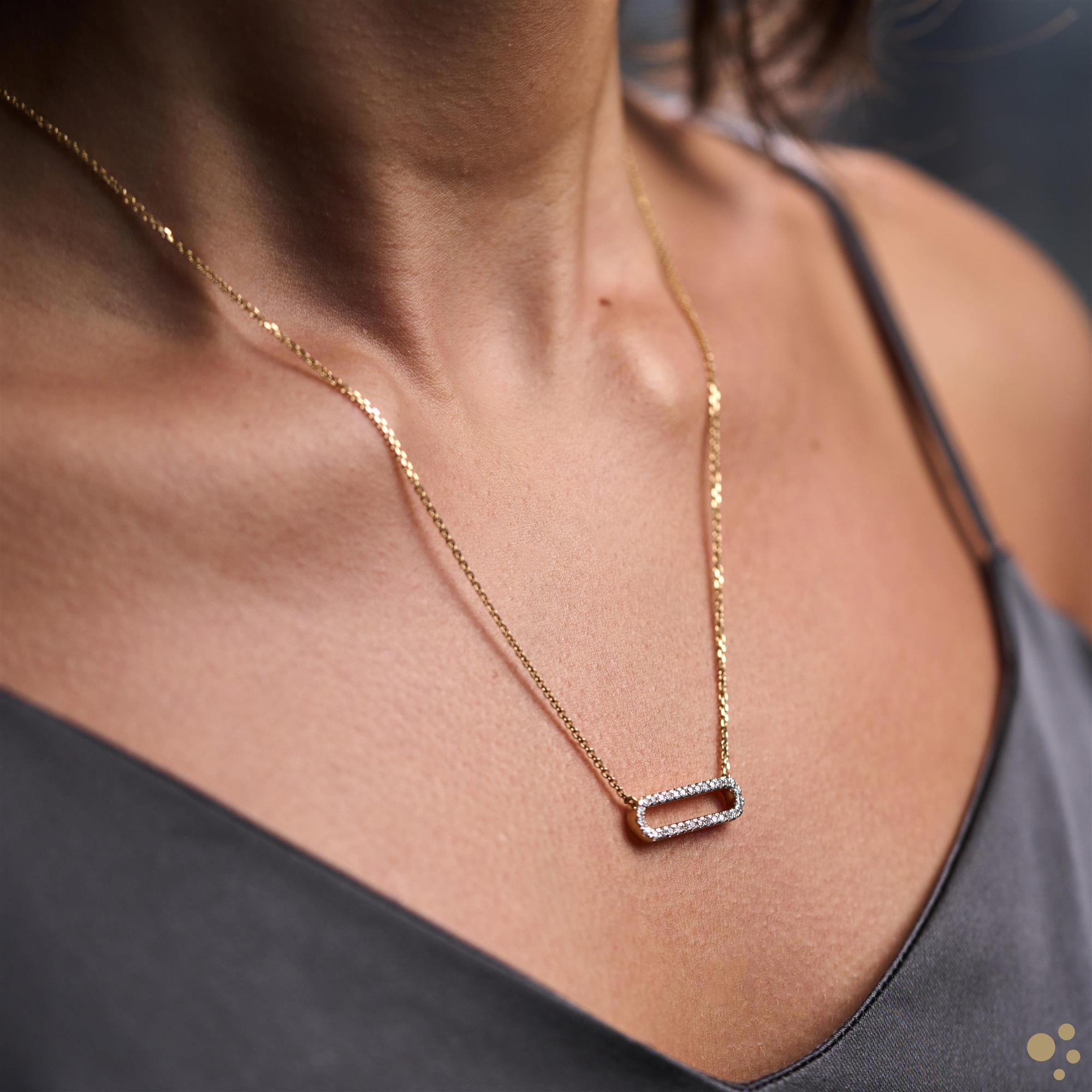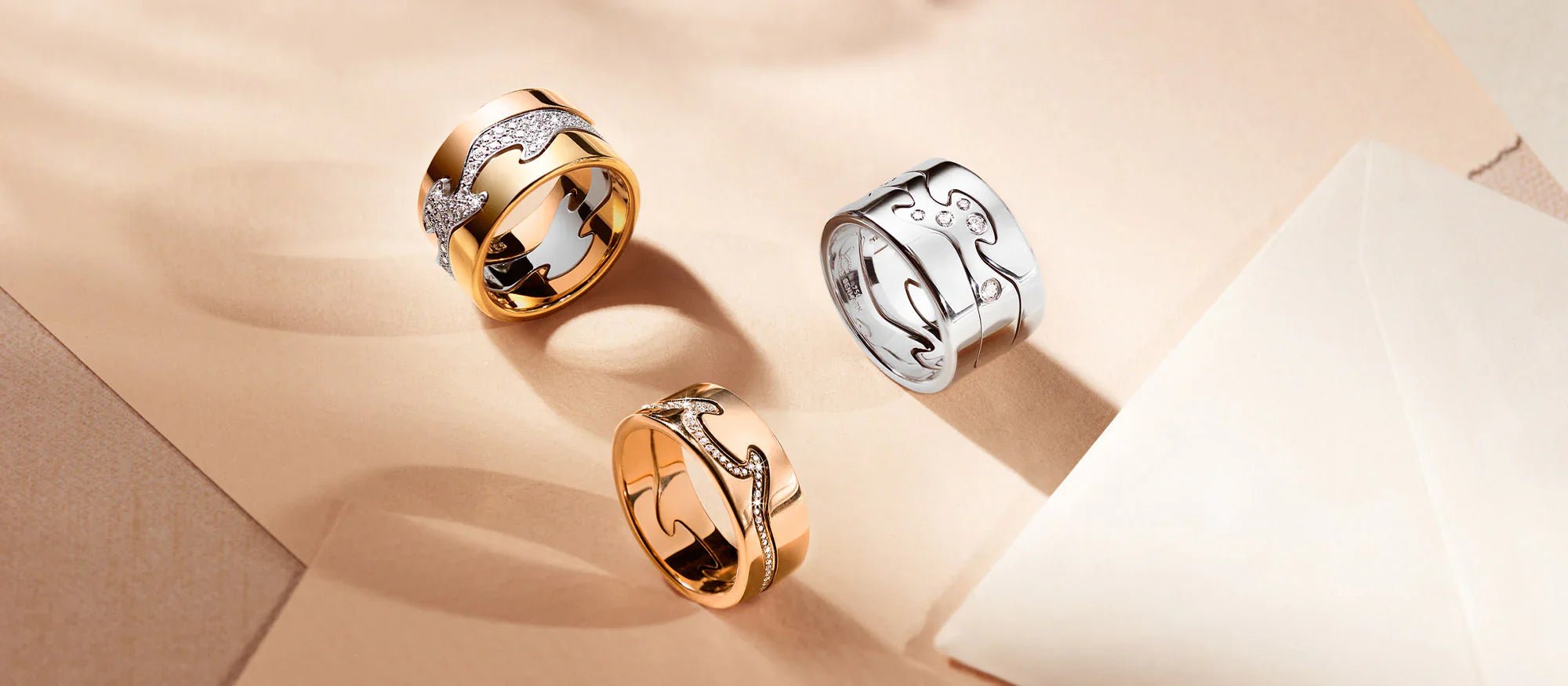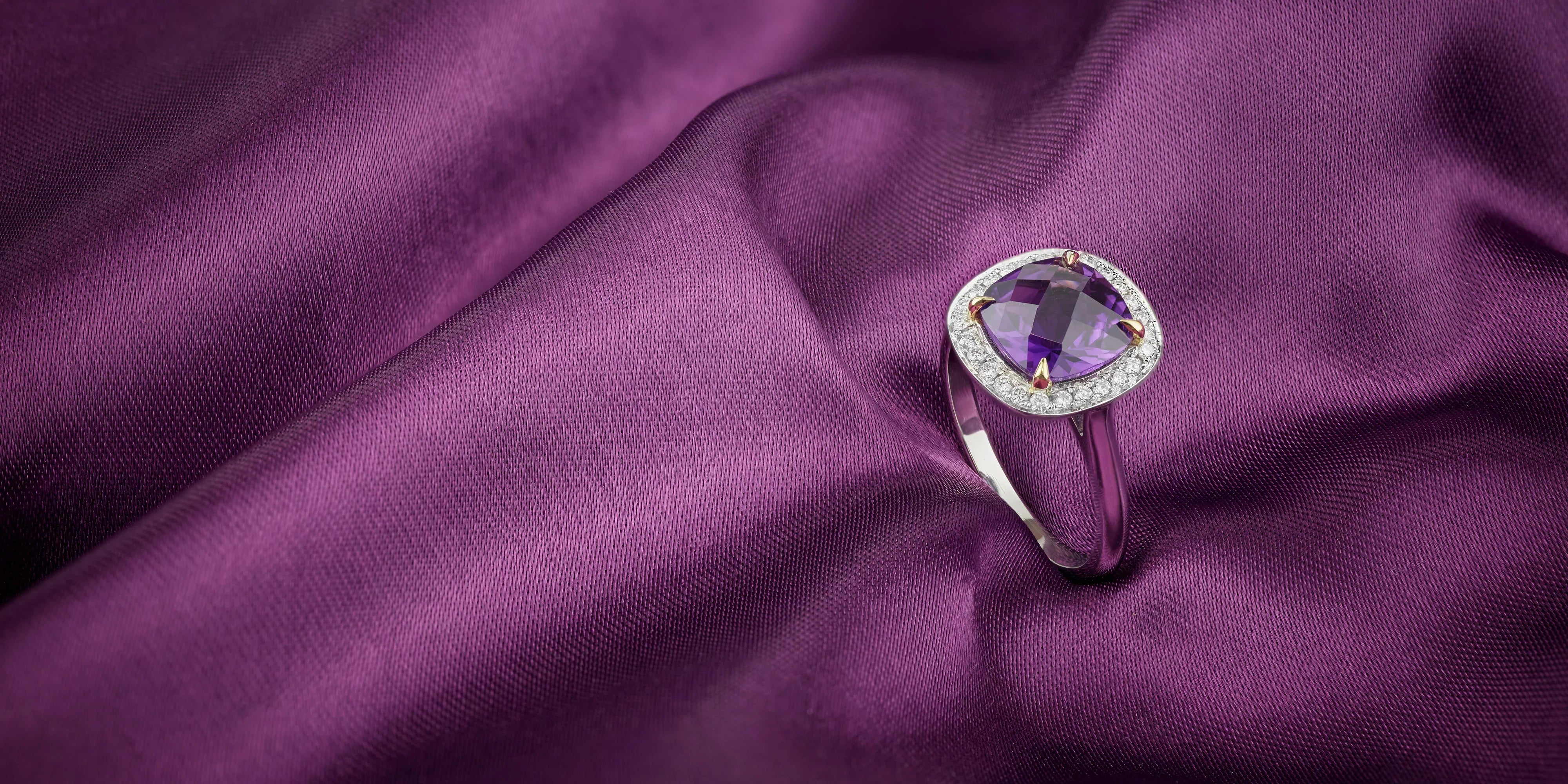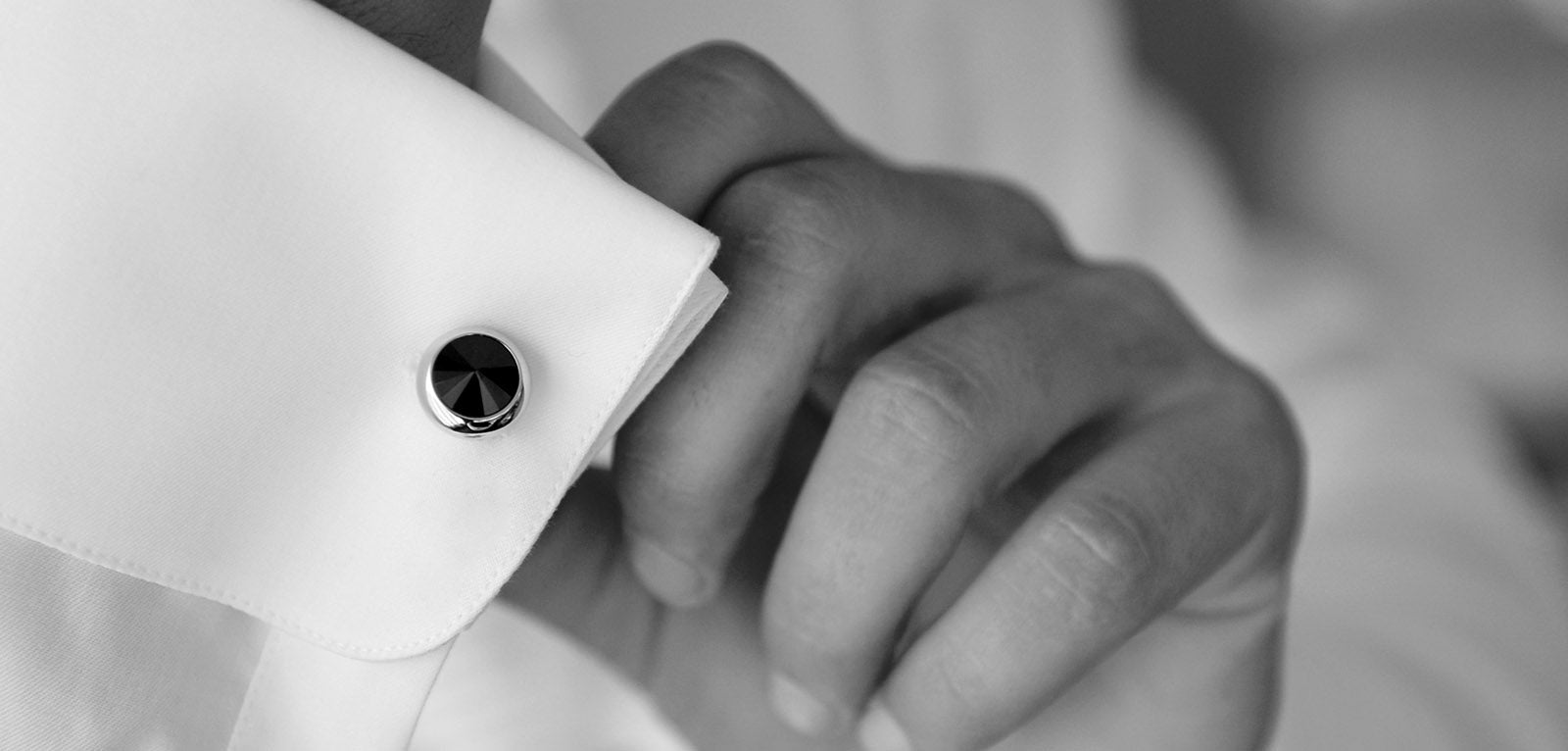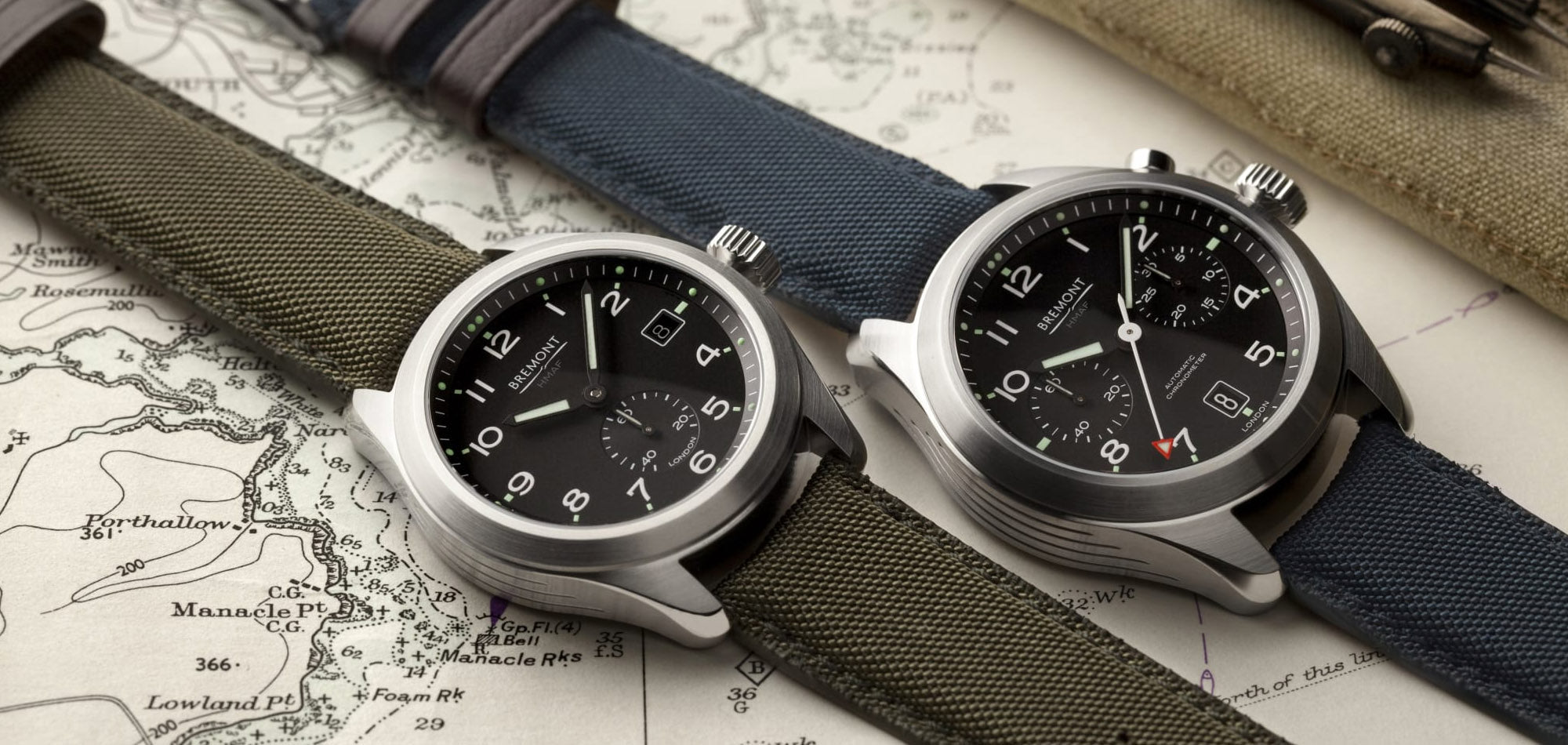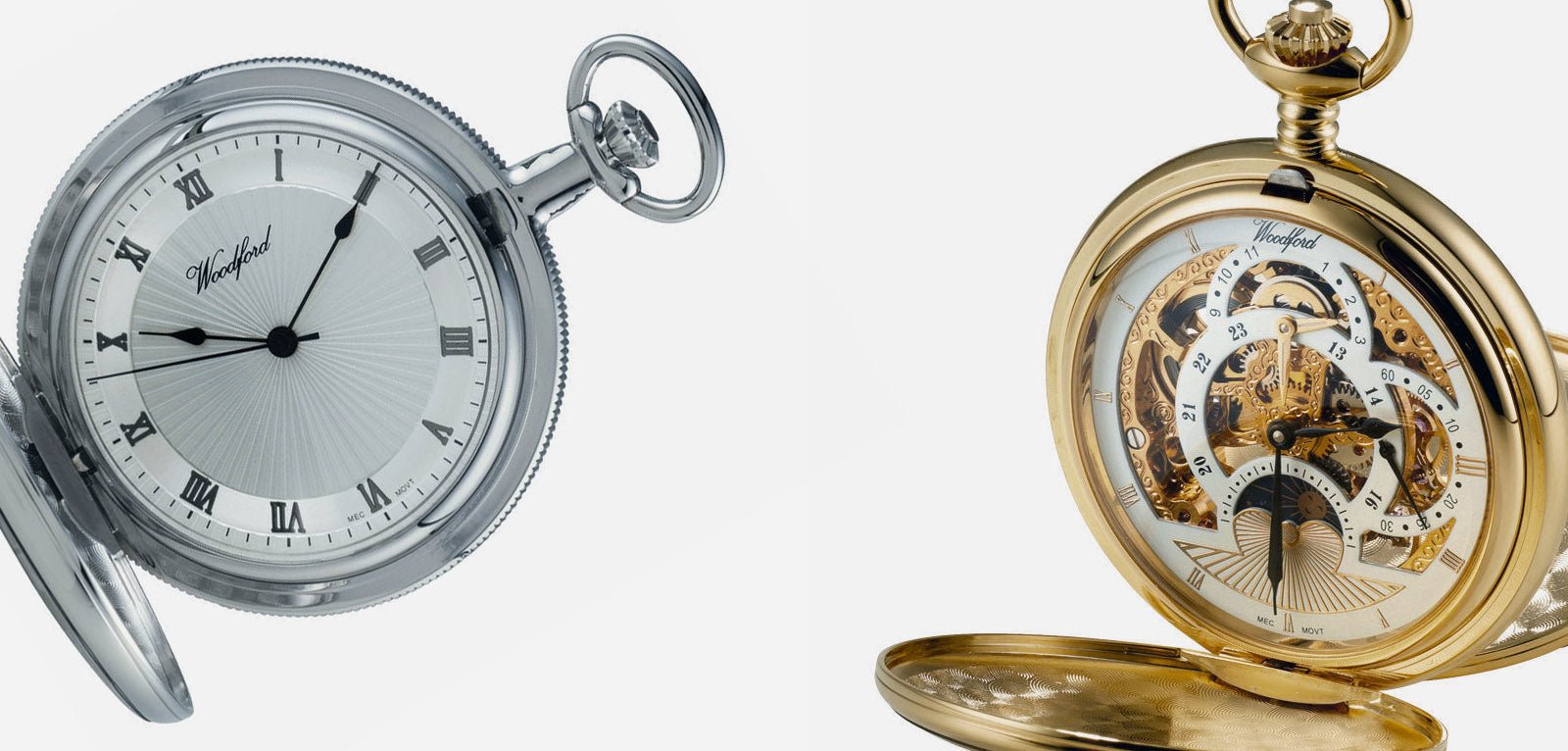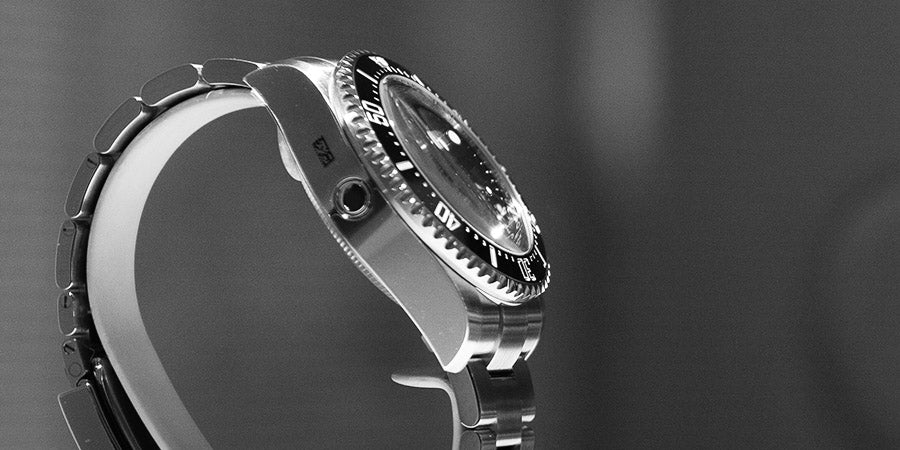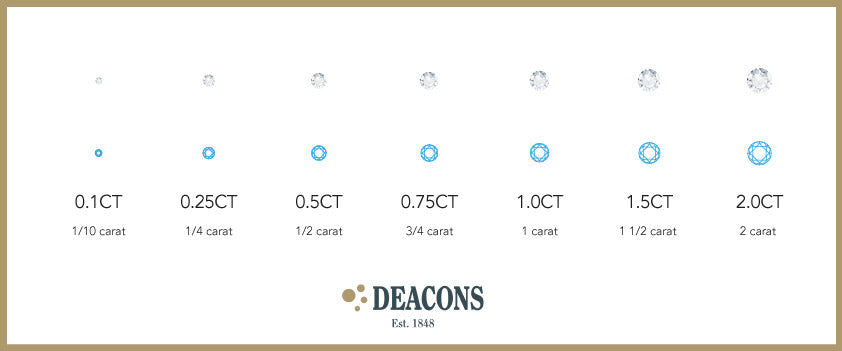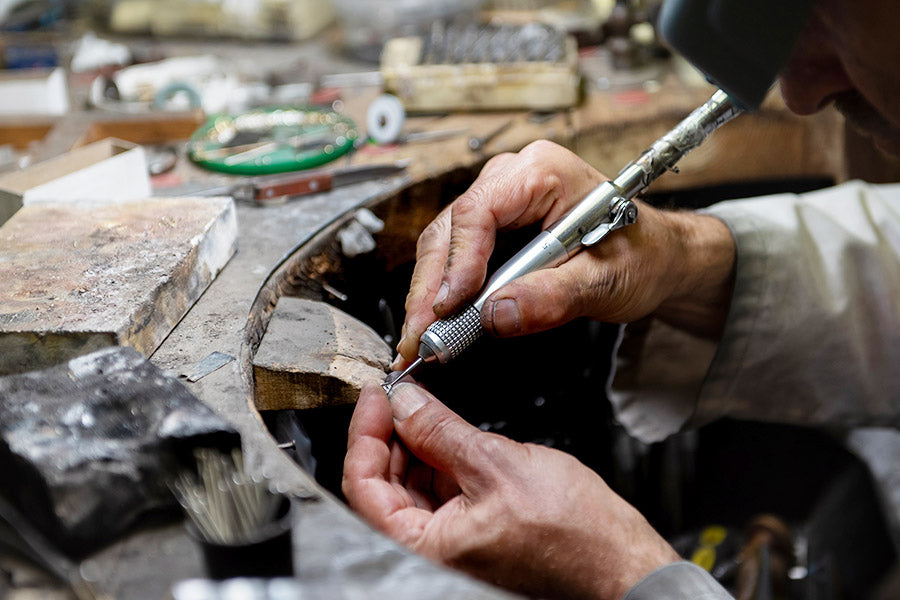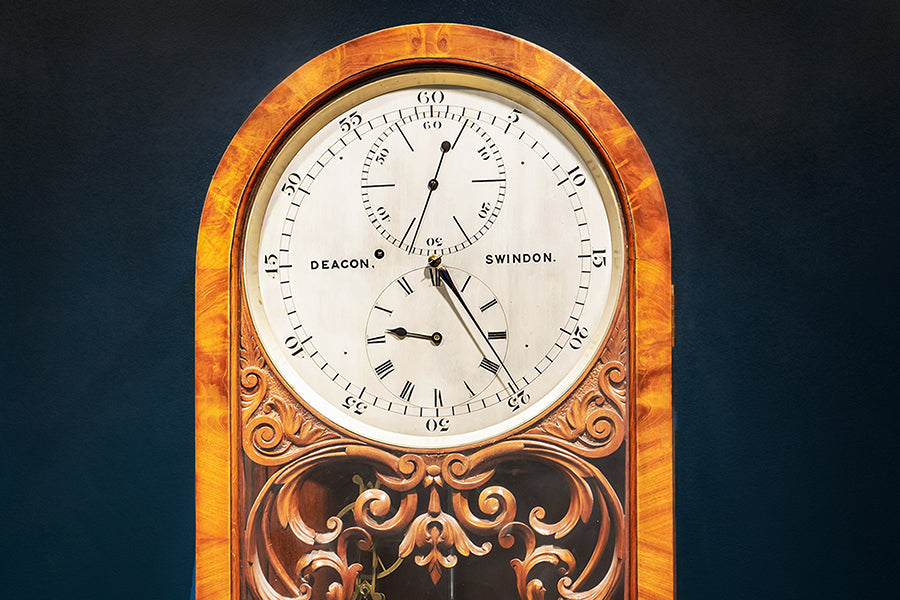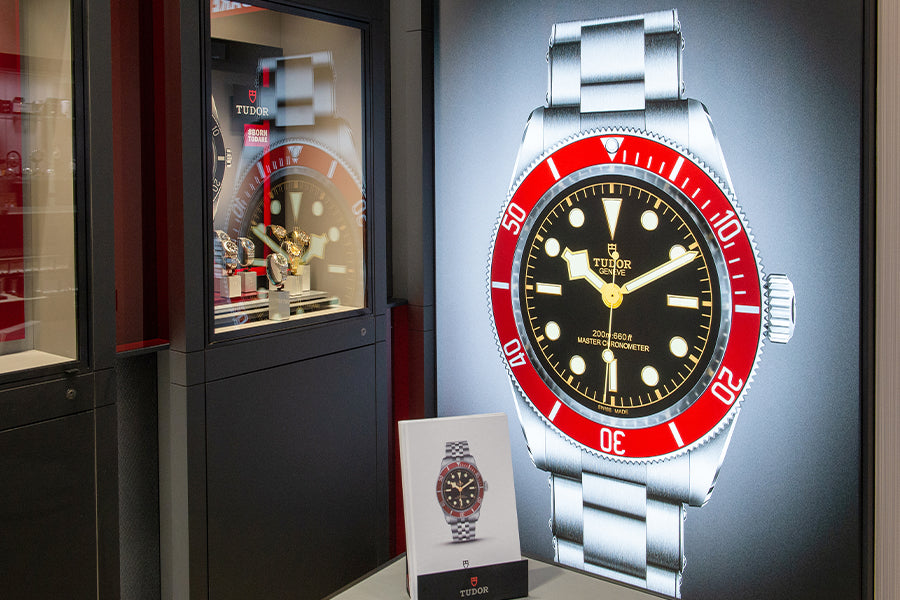What are the Diamond 4C's?
The primary consideration in all diamond sourcing and diamond jewellery creation is the 4C’s. The 4C’s relate to the Cut, Colour, Clarity and Carat of a diamond. Here at Deacons, we pay close attention to the 4C’s of each and every diamond that we source. This is because they are major factors that contribute to a diamond’s value, light performance and simple beauty.
These four components are the key qualities within a diamond’s composition, as it is the combination of these factors that determines the desirability of a Diamond. For example, the quality of a diamond’s cut, and the whiteness of its colour, combined with its clarity, greatly affects the diamond's ability to refract and reflect light back to our eyes.
So, the key to remember, is that all of the 4C’s are factored together, not just individually when it comes to a Diamond’s worth.
These four characteristics are graded and certified by an official body such as the Gemological Institute of America (GIA). Every diamond that we sell at Deacons Jewellers is examined against this specific criteria to ensure the Diamond’s quality and value.
We want to help you to become an informed diamond buyer and understand that it can be daunting when looking to purchase diamond jewellery - even more so if you are a first time buyer. We have worked with our team to create a guide to give you an insight into diamonds, and therefore, help you to gain a better understanding of what you are looking for and what makes prices vary.
Deacons for Diamonds
At Deacons, we pride ourselves on our extensive Diamond range, as well as a beautiful selection of engagement rings. Typifying this is our stand-out Deacons for Diamonds range, which offers unbelievable quality and style at very competitive prices.

Cut
The cut has the greatest effect on a diamond’s beauty. The more precise the cut, the more enthralling the diamond is to the eye. Diamond cutting is the process of turning a rough stone into a faceted one; the cut being skilfully crafted to maximise its interaction with light.
Brilliance or sparkle is created from the way a diamond is cut. For example, if a diamond is cut poorly, then it will appear dull, even if it has a high colour or clarity grade. If the stone is cut well, then it will reflect and refract light at an apex measure. This specifically alludes to the quality of a diamond’s symmetrical facets, scintillation, proportions, brilliance, fine polish and detail.
The GIA Diamond Cut Charts grade a diamond’s cut on the scale of excellent, very good, good, fair and poor. The significance of these ratings cannot be overlooked, as there are noticeable price differences between each of them.
All of our diamonds at Deacons are masterfully cut to the highest standards, ensuring brilliant shine and beauty.
Colour
Diamond colour is graded on the basis of how white or colourless a diamond is. The GIA grades diamonds on a scale from D-Z; D being the most colourless, and Z containing a noticeable brown or yellow tint. D graded diamonds are significantly more valuable than any other, as the more colourless a diamond is, the rarer it is, and this rarity will be reflected in its price.
It is important to make note of a Diamond's colour, as a low rating can interfere with, and reduce the light refractions within the stone. Highly colour graded diamonds have less internal absorption of light and expel more light outwards, ensuring that they shine to the optimum brightness and brilliance. Essentially, the more transparent a diamond is, the more it shines, and therefore, the more it is worth!
Note: Some coloured stones, such as green or pink diamonds, are graded differently from the traditional ‘white’ diamonds, and don’t appear on the diamond colour chart.
Clarity
The clarity of a diamond is based on the amount, and size of, imperfections inside and on the surface of the diamond. A diamond's internal imperfections are called inclusions, whereas those on the surface are known as blemishes. Diamonds without these characteristics are graded as flawless. These are very, very rare. However, not all imperfections within a stone are visible to the naked eye. So, do not be put off by stones solely based on the clarity rating. Try asking for a loop, which is a jewellers magnifying glass, and see for yourself!
Factors such as the size, position and darkness of the inclusions and blemishes can hinder the refraction and return of light within a diamond. This leads to the brilliance and beauty of the stone being dulled. This is a great example of how each of the 4C’s interact with each other, as these inclusions and blemishes will significantly hinder the cut and colour of the diamond, even if these are graded extremely highly.
As clarity is a measure of purity, diamonds are graded by the visibility of these characteristics. Naturally, the more flawless the stone is, the higher the price will be. If the grading is poor, then the diamond will appear cloudy, reducing its brilliance. As it is very rare for a diamond to be totally flawless, most diamonds are graded on the size and severity of the flaws. This is what you should be paying attention to.
Carat
The carat is a measure of a diamond’s physical weight. When discussing a stone’s carat, many people usually think of the overall size of the stone, rather than the weight of the diamond. Although large diamonds are rarer than smaller ones, the increase in value is not in equilibrium with the size increase.
To illustrate, comparing the value of diamonds by weight is like comparing the value of artwork by size. One painting may be larger than another one, but it does not mean that the artwork itself is of higher quality.
So, weight doesn’t always enhance the value of a diamond. It certainly can, but if the cut, colour and clarity are not of high quality, then the larger weight would be far less significant. Rather than focusing on one specific carat number, try going with a ballpark figure, and choose a diamond that has been cut well in the shape that you desire. Carat weight is certainly an important element to consider, but if this is your sole focus, you may end up with a large diamond that doesn't offer the eye-catching brilliance that the gemstone is famed for.
The weight of a stone can appear differently across various diamond shapes such as, Brilliant Round, Oval, Cushion, Princess, Radiant, Asscher and Heart.
However, it is important to remember that there is a difference between a Diamond's Cut and a Diamond's Shape. The cut determines how the Diamond's facets interact with light, whereas the shape refers to the Diamond's geometrical appearance. For more information about Diamond shapes, view our Diamond Shape Guide.
Contact Us
We hope that you are now a little more knowledgable in your understanding of the 4C's, and in how to judge a diamond, meaning that you are in good stead to start your search for the perfect diamond ring. Of course, don't forget that our expert team are always on hand to help guide you through our collections. Book a consultation, or simply visit us In-Store anytime. We look forward to welcoming you.


